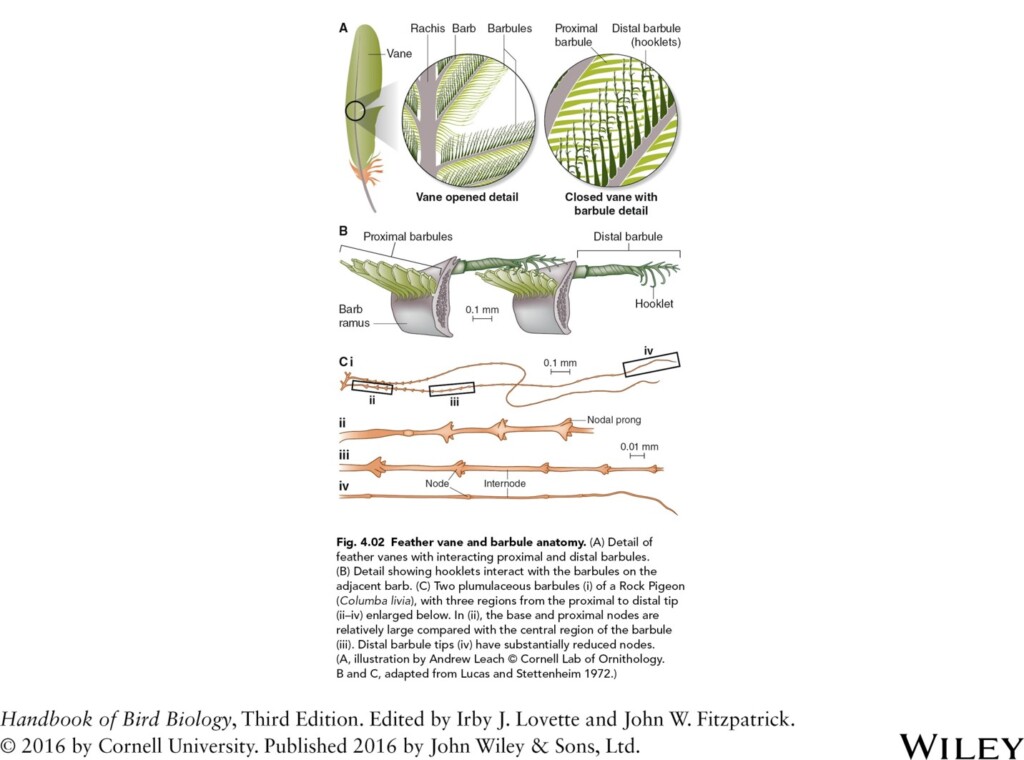Birds will splash around in our backyard birdbaths, in puddles, or pretty much anywhere they can find water. They seem to enjoy it a great deal but why do birds bathe? It’s not just about cleaning themselves and in this article, you will discover the reasons why birds bathe.
Birds bathe to clean their feathers, bills, and other parts of their bodies. Feathers are delicate structures that need to be clean and correctly aligned for successful flight. Feathers are ineffective when wet so birds are careful not to bathe too much. Dust bathing is also common among some species.
In the remainder of this article, we’re going to explore the different reasons birds have for bathing. We will also look at the bizarre behavior of dust bathing and discover why birds do this. Read on…

As an Amazon Associate, I earn from qualifying purchases. Birdwatch World earns commissions from Amazon and similar affiliate programs from any purchases made via links in this article.
Why Do Birds Bathe? – Bathing For Cleanliness
The most obvious reason for a bird to take a bath is to clean itself. You and I shower every day (hopefully!) and we do not spend every hour of our day outdoors as birds do. Living in nature means living with a lot of dust, dirt, and grime.
Discover more facts about how birds clean in this post here on my site.
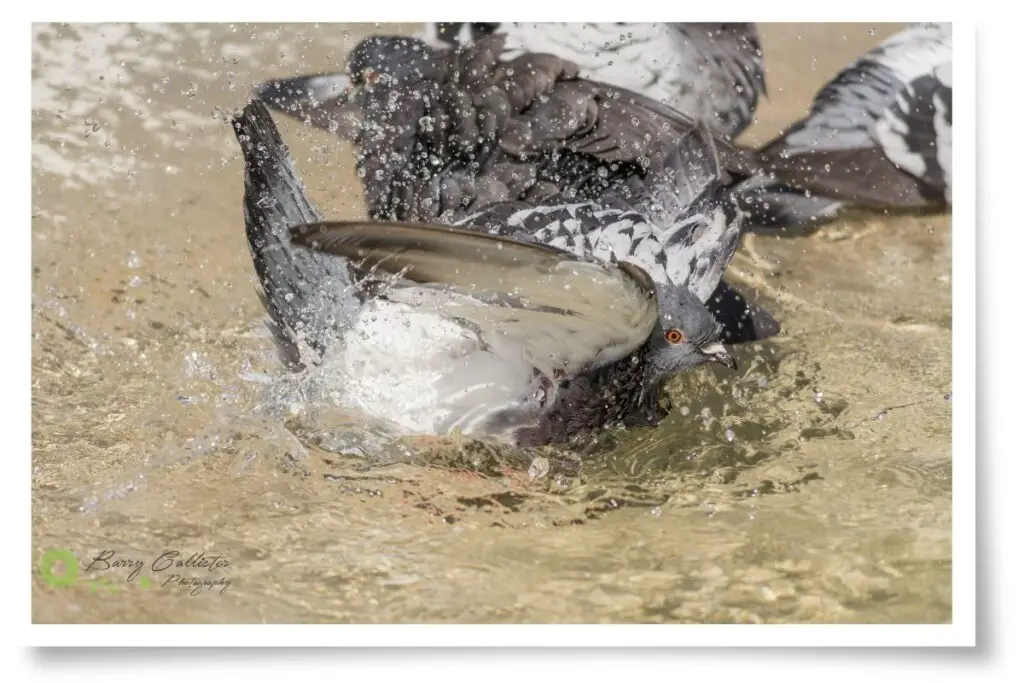
As humans, we tend to clean ourselves to feel better or to not smell terrible. It also helps our health to be clean, it stops the growth of bacteria and funguses. For a bird, staying clean is much more a matter of life or death.
As I mentioned above, feathers are delicate structures and they are essential for a bird’s life. If they cannot fly, they can’t find food or escape predators and will most certainly die. It is a delicate balance though as wet feathers are no good for flight.
Feathers have a certain amount of natural waterproofing in the way they are structured. In the image below, you can see the finer structures of bird feathers that help them to link and lock together. This not only makes them aerodynamic but also provides a certain amount of water-repellency.
Preening Helps With Cleaning
Preening is another way in which birds clean themselves. Ironically, preening can lead to a bird needing to take a bath.
When birds preen they use an oil secreted from their uropygial gland. In the image below you can see the gland on the rump of a Burchell’s Coucal.
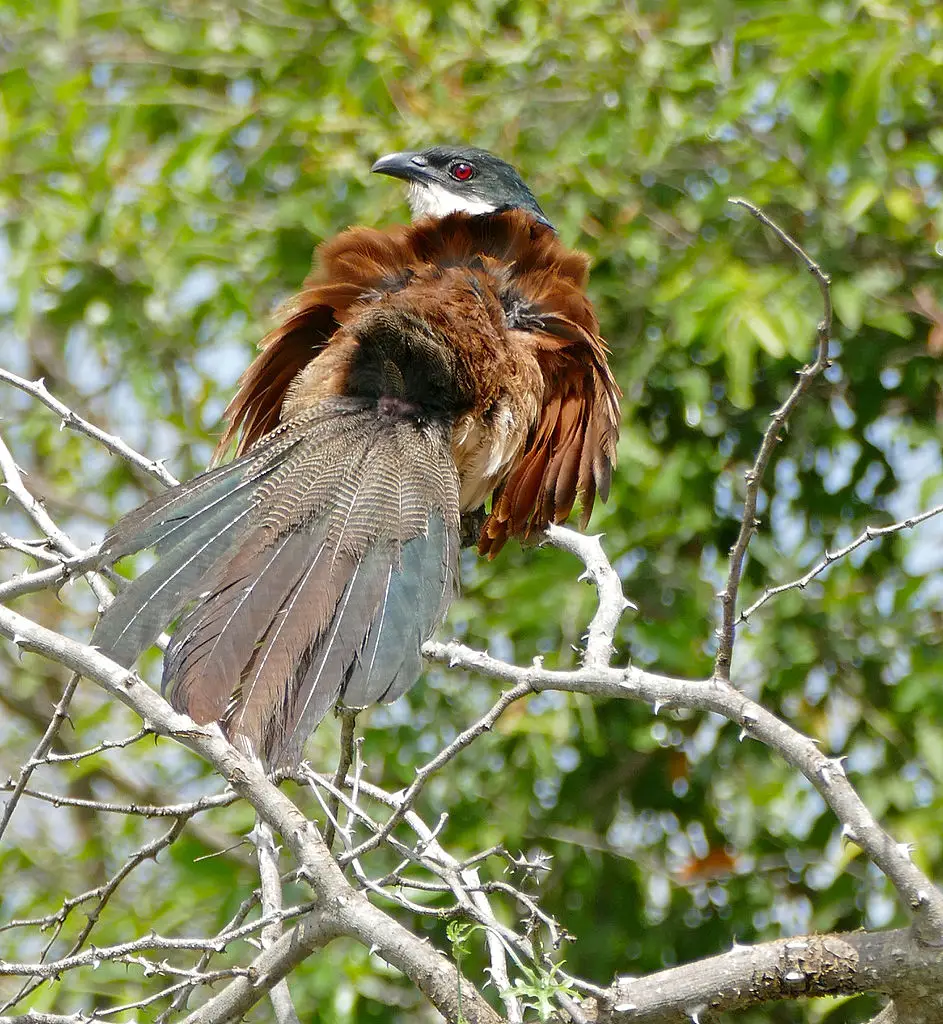
When preening, a bird will rub its beak on this gland and collect the oil. It will then rub the oil over its feathers from base to tip. The oil helps to keep the feathers water repellent but also acts like a conditioner that prevents the feather barbs and barbules from becoming brittle and breaking.
If too much of this oil is applied, it can also gather dust and dirt within the feathers. This makes bathing necessary.
Discover how birds find water to bathe in right here in this article.
Why Do Birds Bathe? – Other Benefits Of Water Bathing
Aside from cleaning, there are other benefits birds get from a good water bath.
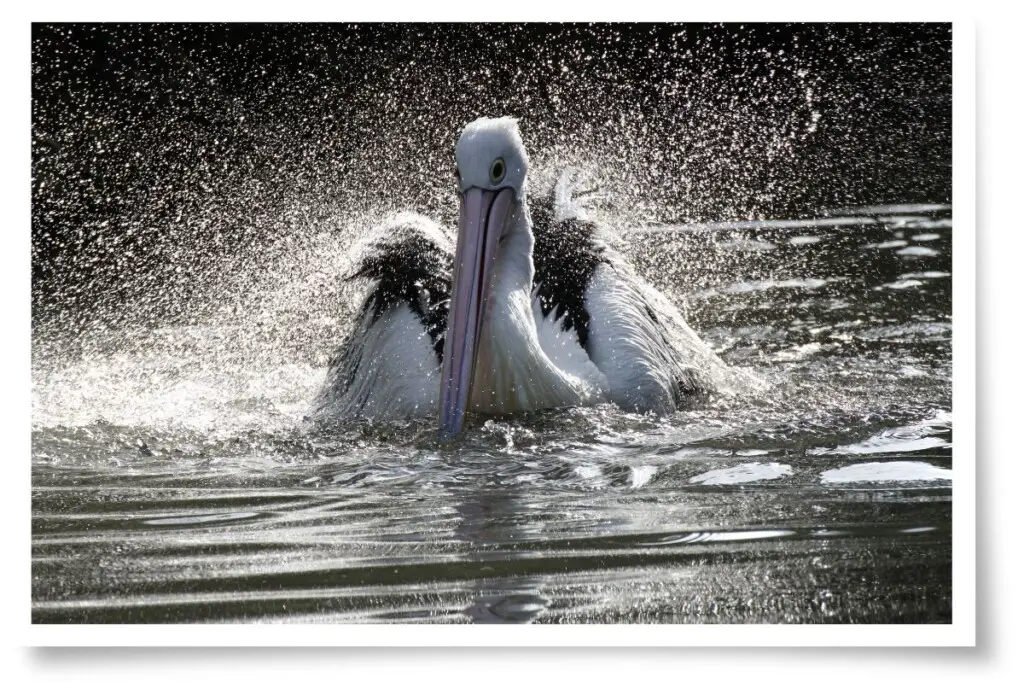
Restoring Feather Shape
Just like our hair, bird feathers get bent and out of shape during the day’s activities. Having a bath and then drying the feathers can help return them to their original shape.
Birds will generally follow a bath with an intense preening session which also helps reset the shape of their feathers ready for flight.
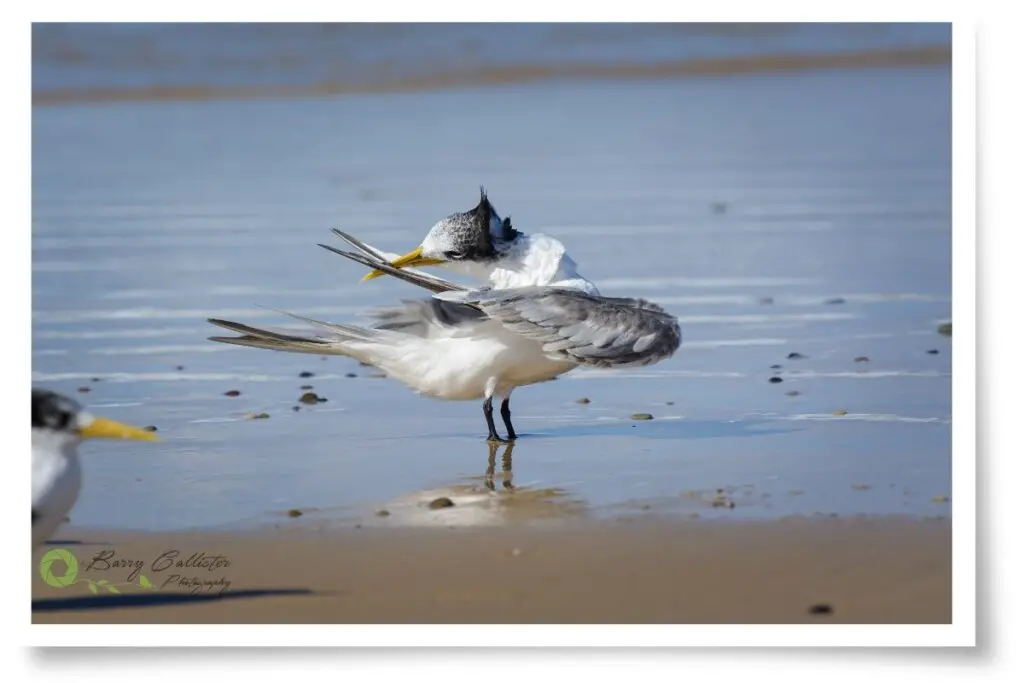
Cooling Off When It’s Hot
Another added benefit of a bath, especially on a hot day, is cooling off.
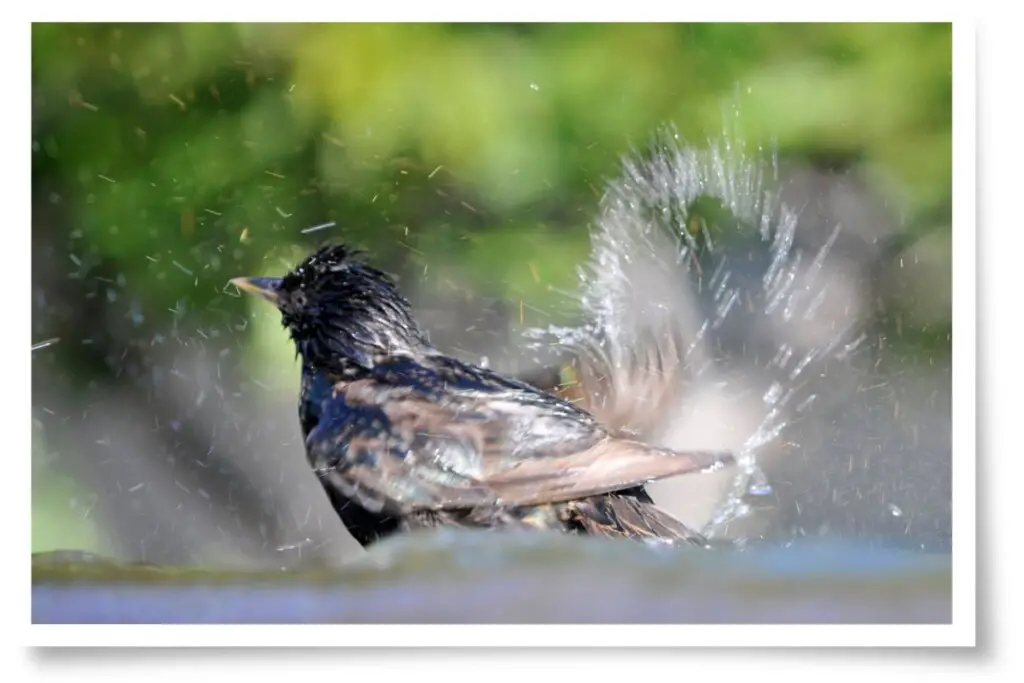
Birds will sometimes bathe just to cool themselves down on a hot day. This is why it is important if you have a birdbath at your place that you keep it filled with nice, cool water when the weather is hot.
Get some birdbath ideas in this article I’ve written.
If you live in an area where hummingbirds are present, you may even find them darting in and out of the spray from your garden hose. Setting up a spray specifically for the birds can be a great idea when it’s very hot.
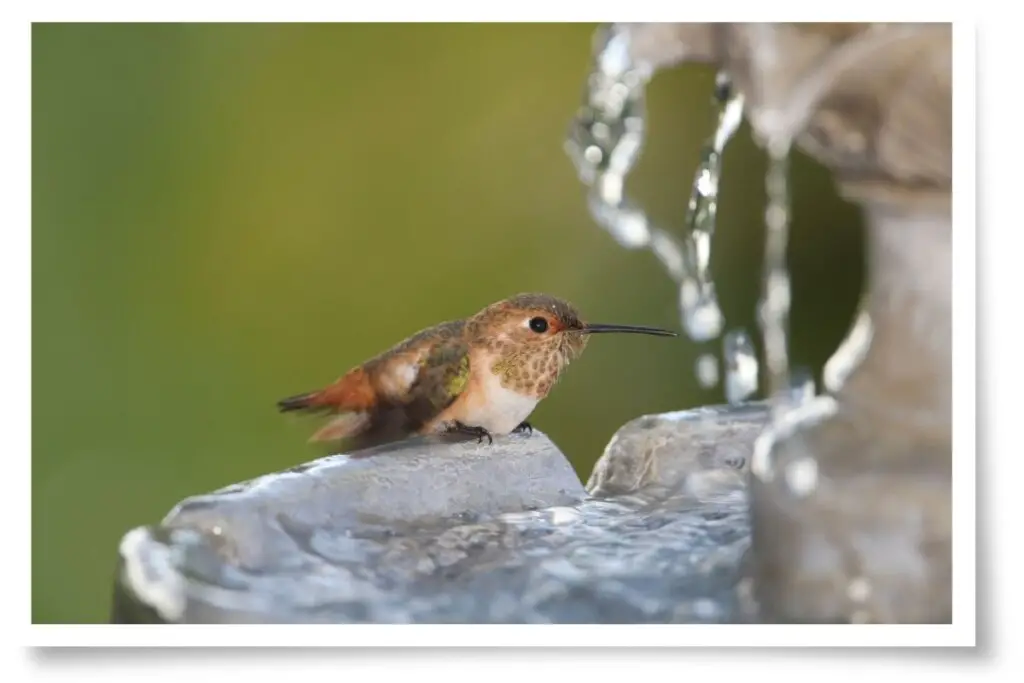
Water, while being a great cleaning, feather-shaping, and cooling solution, is not the only substance birds will bathe in. In winter when water is not readily available, they will also bathe in snow. The most bizarre substance birds bathe in, however, is dust.
Why Do Birds Take Dust Baths?
A lot of bird species, especially those that spend a lot of time on the ground, will take dust baths. The term ‘dust bath‘ is a bit of a misnomer as they do not do this to clean themselves.

It is thought birds do this to remove ectoparasites that may be present in their feathers. Many ectoparasites are anthropods that breathe through small holes in their outer skeletons. Showering them with dust may starve them of oxygen and cause them to find a more suitable host.
It may also be possible that dust bathing helps to remove old oil gland secretions or other substances that might be coating the feathers.
How Do Birds Dry Off After A Bath?
As I have mentioned, wet feathers are no good for flying. After a bath, a bird must dry itself effectively. Failing to do this could mean not being able to escape a predator attack.
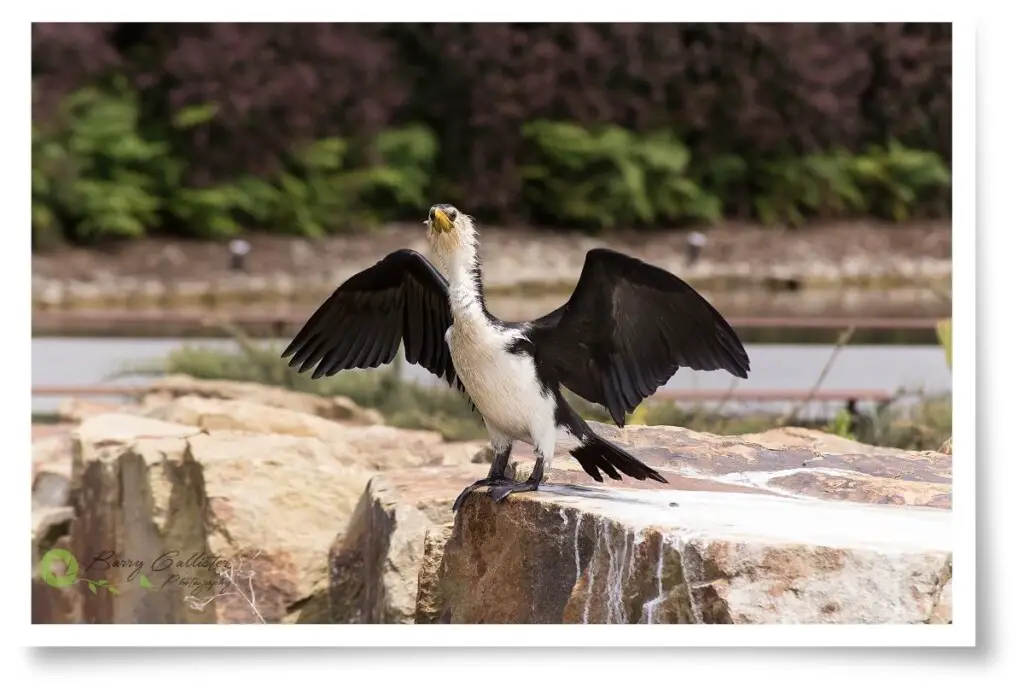
The first thing a bird might do after bathing is to shake its body vigorously to eject excess water from within its feathers. After this, it may puff up its feathers exposing more of its surface area to the outside air, drying them faster.
Find out other reasons why birds puff up in this article here.
Preening can also help remove excess water and is another technique a bird will employ when drying off.
If the conditions are favorable, a bird can dry enough to fly off within a matter of minutes from taking a bath.
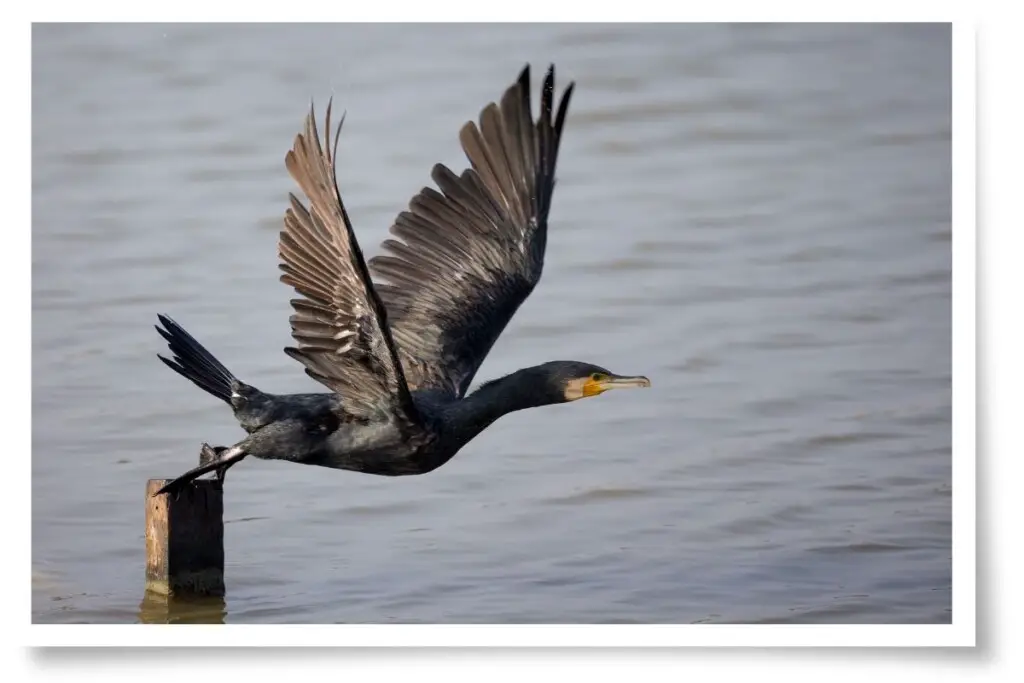
References
- The Handbook Of Bird Biology – The Cornell Lab Of Ornithology
- What It’s Like To Be A Bird – David Allen Sibley

